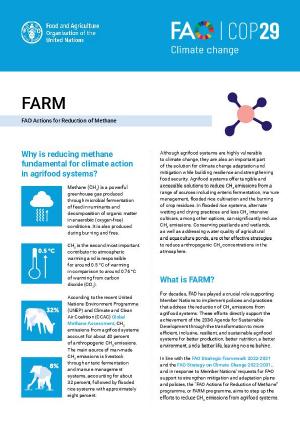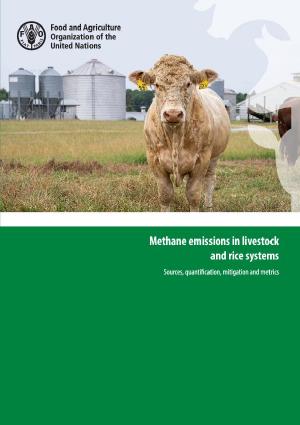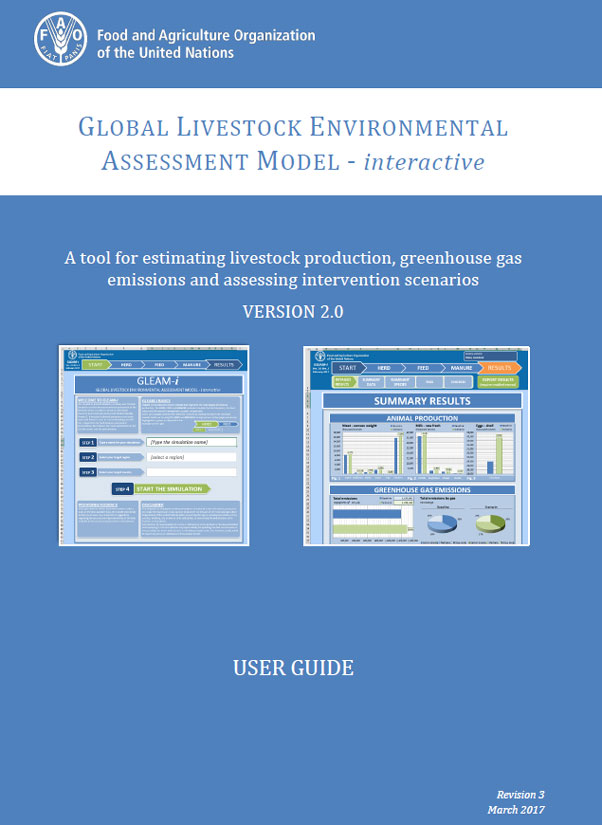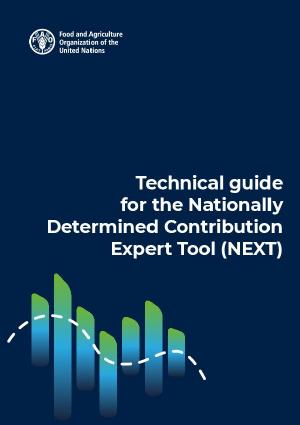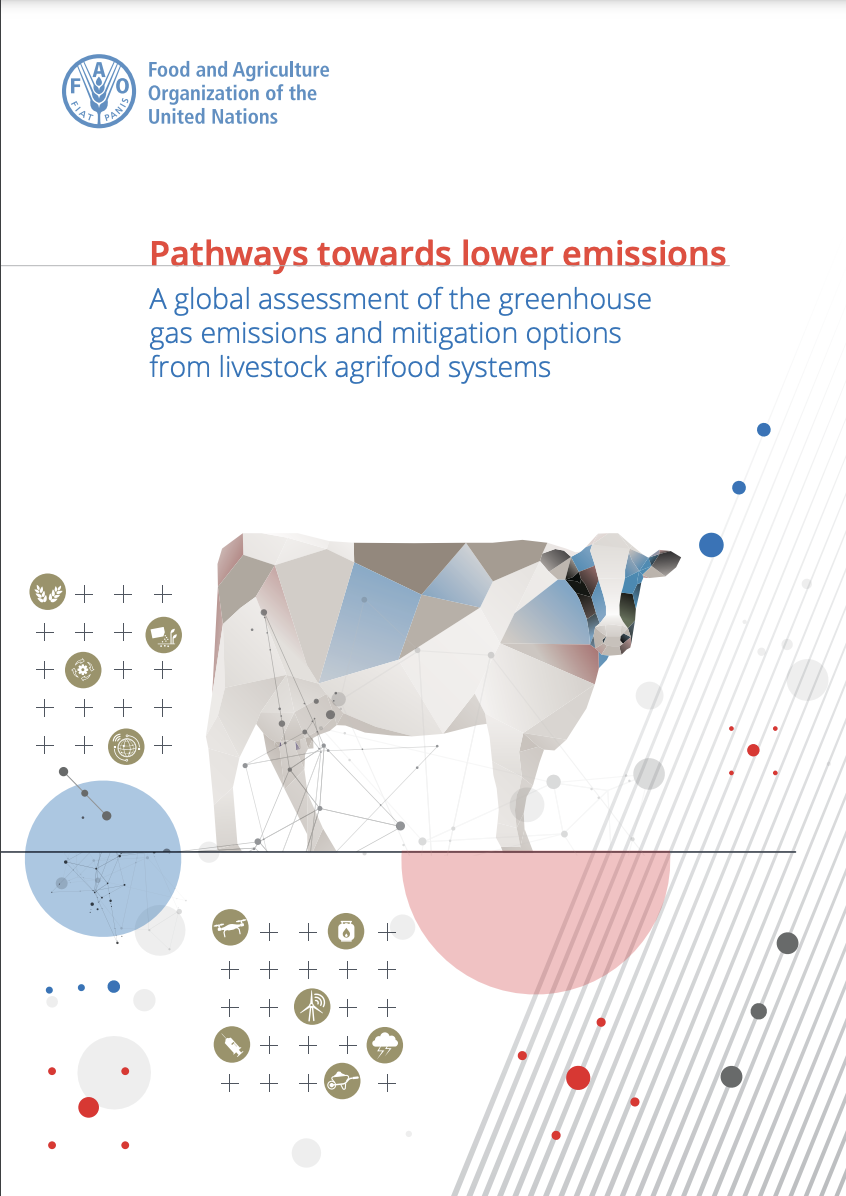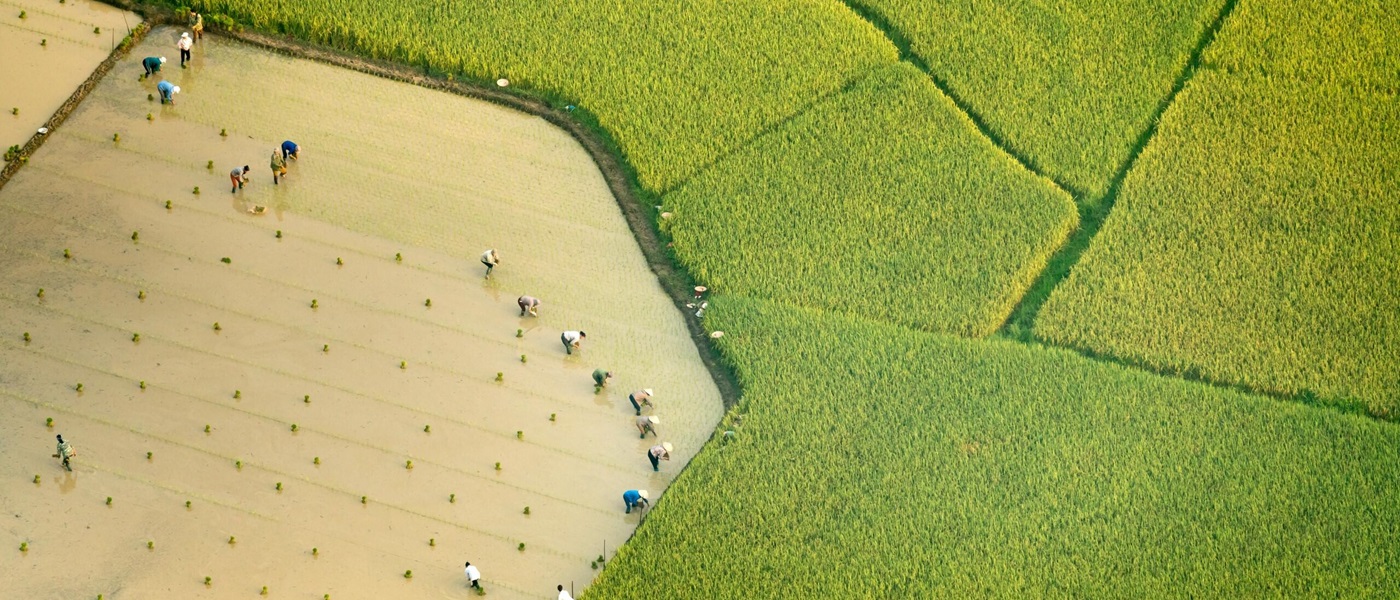
FARM – FAO Actions for Reduction of Methane
Although agrifood systems are highly vulnerable to climate change, they are also an important part of the solution for climate change adaptation and mitigation while building resilience and strengthening food security. Agrifood systems offer tangible and accessible solutions to reduce methane (CH4) emissions from a range of sources including enteric fermentation, manure management, flooded rice cultivation and the burning of crop residues.
FAO plays a crucial role in supporting Members to implement policies and practices that address the mitigation of CH4 emissions from agrifood systems. These efforts directly support the achievement of Paris Agreement and the 2030 Agenda for Sustainable Development, and are aligned with the FAO Strategic Framework 2022-2031 and the FAO Strategy on Climate Change 2022-2031.
In response to countries' requests for FAO support to strengthen mitigation and adaptation plans and policies, the “FAO Actions for Reduction of Methane” programme, or FARM programme, aims to support Members to implement measures and actions to reduce CH4 while promoting the development of low-emission and climate-resilient agrifood systems.
Officially launched at COP29 in Azerbaijan during a high-level event organized by the Climate and Clean Air Coalition (CCAC) and the COP29 Presidency, the FARM programme, coordinated by the FAO Office of Climate Change, Biodiversity and Environment (OCB), champions a holistic approach to reducing CH4 emissions from agrifood systems focusing on strategic, coordinated and balanced actions at policy, finance and country levels. The programme aligns with global partnerships and initiatives such as the Global Methane Pledge (GMP), a voluntary framework launched at COP26 that supports countries to take action to collectively reduce CH4 emissions by 30 percent from 2020 levels by 2030.
- Implement country-led projects that mainstream the adoption of sustainable farming, low emission livestock practices, and integrated fire management.
- Develop and enhance emission factors, methods and tools for better estimation, monitoring, reporting and verification (MRV) of CH4 emissions and convene various stakeholders working on MRVs with the aim to develop voluntary guidelines.
- Support countries to enhance their ambition in national policies and nationally determined contributions in relation to CH4 emissions reduction from agrifood systems.
- Perform a stocktake and monitor climate-related development finance (CRDF), carbon markets, and investments, that address the reduction of CH4 emission in agrifood systems.
- Assessment and reporting CH4 emissions and mitigation options from livestock agrifood systems and develop regional specific mitigation pathways.
- Perform a periodic stocktake of CH4 emissions from agrifood systems and foster partnerships that support the review of global CH4 emissions (e.g. the CCAC Integrated Assessment of Agriculture and Food Systems).
CH4 is a significant, short-lived climate pollutant (SLCP), remaining in the atmosphere for approximately 10-12 years, compared to carbon dioxide, which lingers for hundreds of years. Despite its brief atmospheric presence, CH4's global warming potential is substantial, being over 84 times greater than that of carbon dioxide within the first 20 years post-emission.
CH4 is produced through anaerobic microbial fermentation of feed in the rumen of ruminant livestock and through anaerobic decomposition of organic matter conditions. It is also produced during burning and fires.
It is the second most important contributor to the increase of the global average temperature and is responsible for around 0.5 °C of warming in comparison to around 0.76 °C of warming from carbon dioxide (CO2).
According to the recent United Nations Environment Programme (UNEP) and Climate and Clean Air Coalition (CCAC) Global Methane Assessment, CH4 emissions from agrifood systems account for about 40 percent of anthropogenic CH4 emissions.
The main source of anthropogenic CH4 emissions is livestock through enteric fermentation and manure management systems, accounting for about 32 percent, followed by flooded rice systems with approximately eight percent (CCAC).
Therefore, mitigating CH4 emissions in agrifood systems is a highly effective strategy for combating climate change while strengthening food security. Due to its limited lifespan, reducing CH4 concentrations could lead to a swift decrease in global temperature rise, helping to limit global temperature rise to 1.5˚C and putting the planet on track to achieve the Paris Agreement targets.
FAO in collaboration with international and national partners including academia and research institutions, the private sector, NGOs and civil society, targets more than 40 global and national CH4-related projects across different sectors.
Details are shown on the map below.

FAO Methane Pathways Navigator
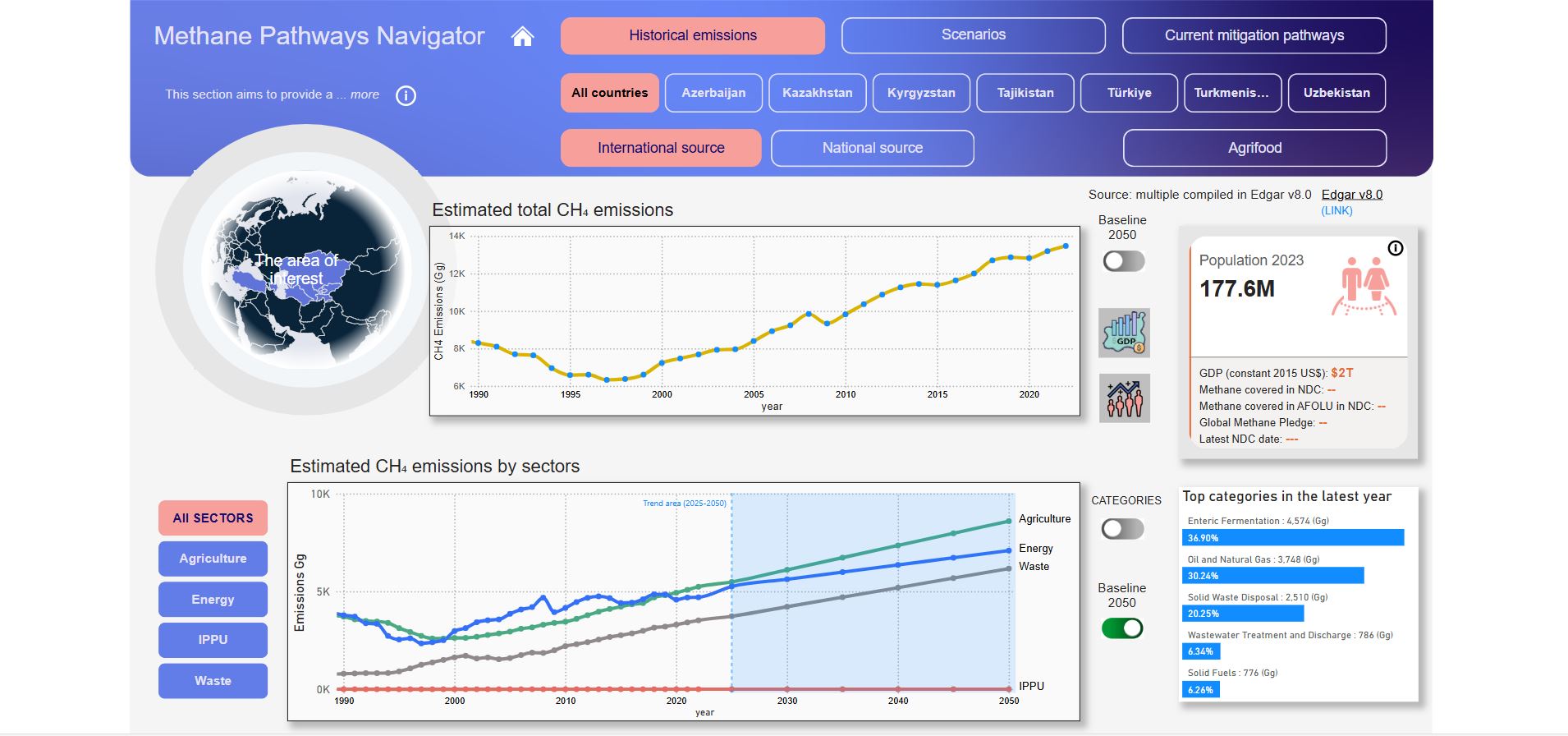
The FAO Methane Pathways Navigator aims to contribute to the analysis and visualization of CH4 data and assist FARM programme partners in developing methods and tools for better estimation, monitoring, reporting and verification; and supporting countries to develop and implement appropriate actions and policies to reduce CH4 emissions from agrifood systems. The tool provides easy access to: 1) open, reliable and actionable data including the historical country profiles of CH4 emissions to track their evolution over time; 2) global and regional scenarios as reported in the Intergovernmental Panel on Climate Change (IPCC) / Sixth Assessment Report (AR6); and 3) national mitigation pathways.
The representation by IPCC sectors and agrifood categories, along with projections of the main emission trends up to 2050 facilitate a full understanding of national CH4 footprints.
Resources
Related E-learnings
FAO links
- Livestock and enteric methane
- Developing an innovative remote-sensing based approach for monitoring methane emissions from paddy rice
- Food and Agriculture for Sustainable Transformation (FAST) Partnership
- REDD+ Reducing Emissions from Deforestation and Forest Degradation: FAO's work on peatlands
- Food Systems, Land Use and Restoration (FOLUR) Impact Program
- FAOSTAT





